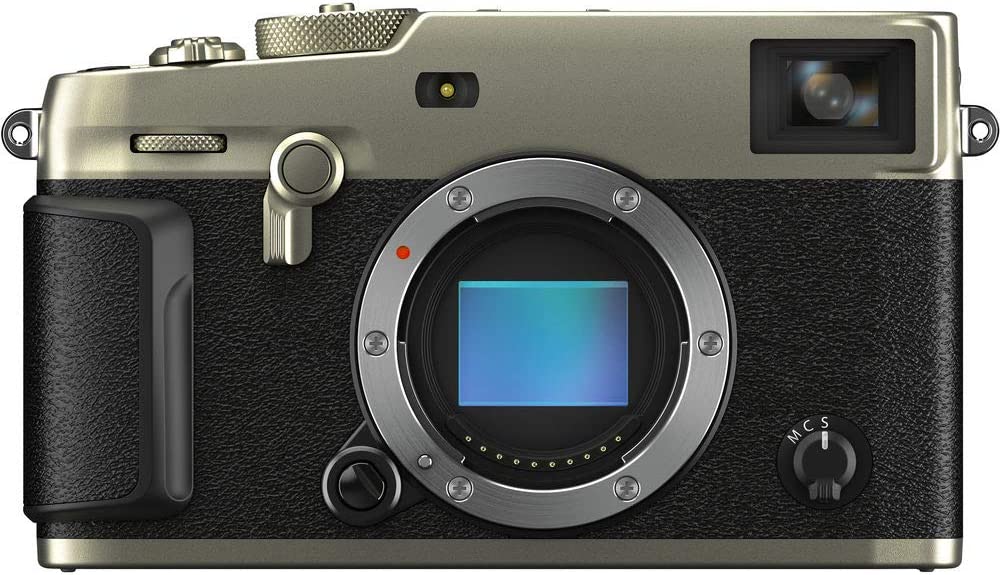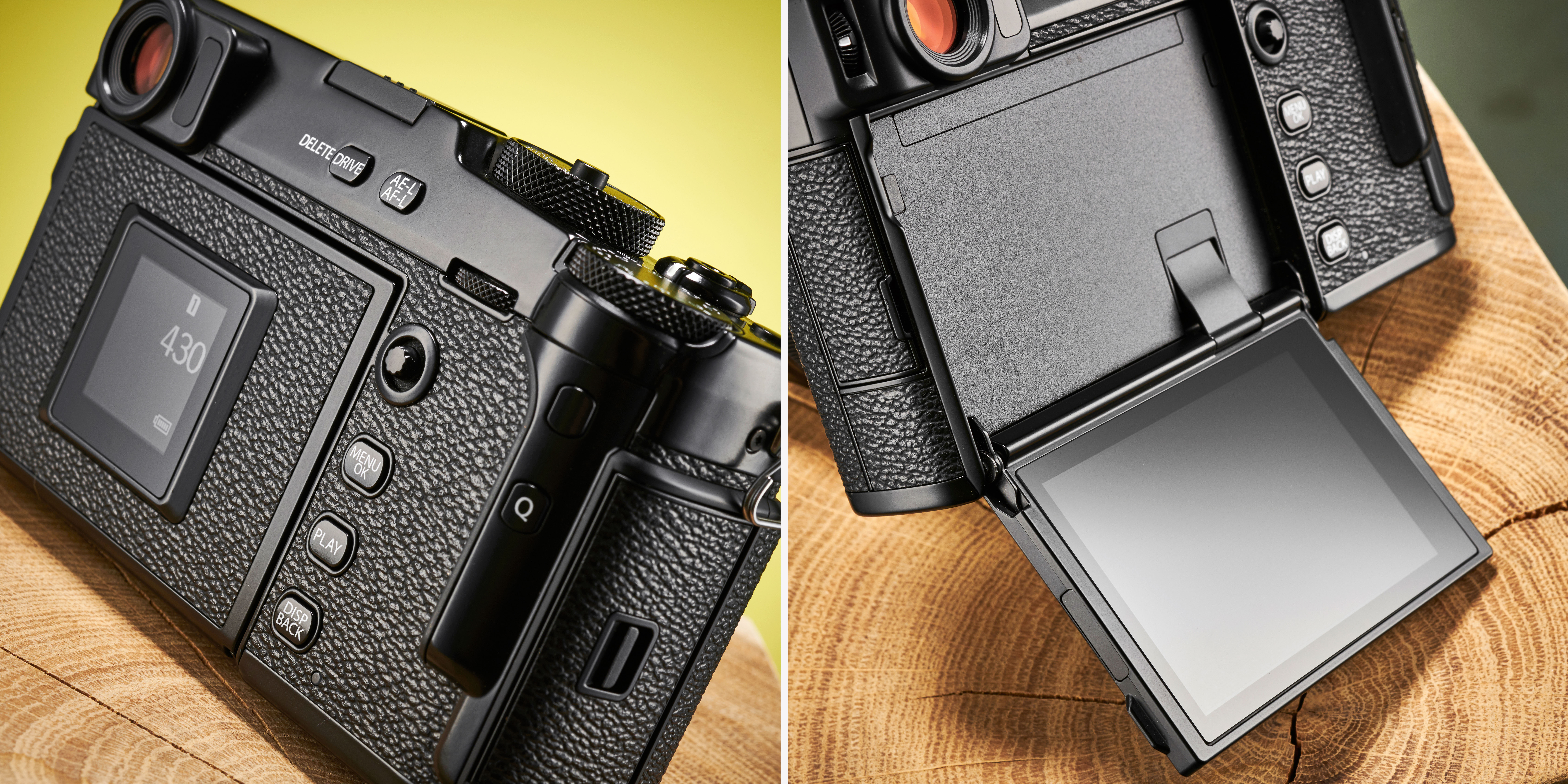I bought a Fujifilm X-Pro3 in 2023 — here’s why you shouldn’t
If you’re debating whether or not to buy a Fujifilm X-Pro3 in 2023, you may well be head scratching over whether you can justify spending a substantial amount of money on this beautiful, but flawed camera.
I found myself doing the same around a month ago. Long story short, I’d been offered more money than I paid for my Fujifilm X-E4 — much more, thanks to getting it in a fire sale. Plus, I wanted something a bit bigger to better handle large ultra-wide lenses. I decided to sell the X-E4, then realized I needed a camera, fast.
I chose the X-Pro3, a camera released in late 2019, which was probably a stupid decision given its age, price and contentious features. I don’t regret it one bit, but after a month of ownership, I can fully appreciate that it really doesn’t make a whole lot of sense for most people to buy an X-Pro3 in 2023. So, if you’re thinking of getting one, this is why you probably shouldn’t.
Simply put, it’s overpriced
In choosing a new camera, the X-E4 was obviously out. The X-T30 II was out, too, thanks to its infuriating Q-button placement. Given Fuji’s now relatively thin lineup, I was therefore stuck choosing between the X-T4, X-T5 and X-Pro3. This demonstrates the first real challenge the X-Pro3 poses — it is hella expensive.
I purchased mine in standard black, body-only guise for about £1,500, a discount from its retail price of $1,699 / £1,699. That’s steep enough as is. The X-Pro3 in one of its premium Dura finishes costs an eye-watering $1,999 / £1,879, although these days in the UK you can generally find one for £1,799.

And what do you get for your money? You get hard-wearing titanium, for one; upmarket extra-durable Dura Silver or Dura Black finishes if you opt for the pricier models; an OVF and a weird screen. But underneath those, it’s a 3-year-old camera with the same internals (minus IBIS) as the X-T4, which can be had for as little as £1,000 here in the UK and is easily available for £1,500.
Now, I’d argue those features could fairly warrant a premium over the X-T4, even bearing in mind the lack of IBIS. However, it’s when you compare the X-Pro3 to the new X-T5, the former starts seeming vastly overpriced in today’s market. For £1,699, the same price as the basic X-Pro3, the X-T5 nets you a newer processor, a 40.2 MP sensor, improved AI autofocusing, and once again, IBIS. If you’re going purely on bang for your buck, there isn’t really a case for the X-Pro3 today. Simply put, it costs far too much.
Hybrid viewfinder and that screen
Then there are the X-Pro3’s unique features. Fuji’s marketing will have you believe that by buying this camera you will turn yourself into a photographic purist. Its screen is hidden unless pulled down, to stop you chimping and force you into photographing in the moment, or something. It also has a hybrid viewfinder, which features both an EVF and OVF, the latter giving “a primal sense of photographic pleasure, allowing users to enjoy ‘looking through the lens’ at their subject,” according to Fuji.

Now, the optical viewfinder is a fair enough reason to purchase this camera, if an OVF is what you’re looking for and will solve a problem you want solving. But don’t go buying this camera thinking it’s going to turn you into a 1970s photojournalist if you don’t like OVFs already. Just having an EVF there will mean, if those are what you like, you’ll probably gravitate towards it.
What’s more, I found myself using the EVF by default because my favorite lens, the XF14mm F2.8, is too wide for the OVF’s framelines. I naturally used the EVF when using that lens and found myself not bothering to switch to the OVF after fitting my 27mm or 35mm lenses. In a month since, using the camera four or five times a week, I’d say I’ve used the OVF less than five times. I think that’ll probably be the case for most users if they aren’t specifically looking for an OVF camera, thereby negating the value of the hybrid viewfinder.
The screen, I’m afraid to say, is really just a gimmick. It isn’t hard to pull down, so if you’re a habitual screen checker, you likely still will be. What you really need is a bit of willpower, and that can be applied to cameras without a weird screen.
The small matter of a class action lawsuit
As an owner of older cars, I don’t usually put much stock into forum rumors. Car forums tend to be massively biased towards doom-mongering, due to the fact that it’s primarily people with issues posting on them. As such, the scale of reliability issues have a tendency to become overblown online.
However, of particular interest to anyone buying an X-Pro3 are two reliability issues that have been making their way around Fuji forums, and which do appear to be legitimate and widespread design flaws. The first is an issue with the X-Pro3’s shutter button mechanism, which has a tendency to become “sticky” and unresponsive when fully pressed, sometimes after just a few weeks of use. There are plenty of accounts online of Fuji replacing the entire top-plate of the X-Pro3 under warranty to rectify this.

More concerning is an issue with the X-Pro3’s LCD screen ribbon, which connects the camera to both the LCD screen and the rear sub-monitor. Under normal use, this has reportedly been failing, causing both screens to become unusable. Many accounts I’ve seen online recount this happening after Fujifilm’s warranty has expired, leading to costly repairs. Fujifilm is currently facing a class-action lawsuit in the U.S. (opens in new tab) for the issue, so it certainly seems more than just a small-scale forum rumor.
I was aware of the shutter button issue before buying my X-Pro3, but given it seemed to be primarily occurring within warranty periods, I put it aside. I didn’t know about the screen ribbon issue, though, which worryingly seems to be happening around the two- to three-year mark, outside of warranty. There are, of course, many owners of the X-Pro3 who’ll have had and will have no issues whatsoever, but if you’re thinking of spending almost £2,000 on a camera, do you really want to take the risk of it breaking itself so quickly?
X-Pro4?
Finally, there’s the simple fact that the X-Pro3 is over 3 years old now. While nothing has been announced, there are mumblings online of an X-Pro4. Granted, there are also mumblings that the X-Pro3 has been such a contentious camera for Fuji that the company will discontinue the line. Personally, though, taking into account how thin Fuji’s lineup already is these days, and what a vaunted position the “X-Pro” moniker holds in the photography world, I don’t think that’s likely. Fuji will know that, despite and indeed because of the X-Pro3’s shortcomings, if they were to release an X-Pro4, featuring their newest sensor, processor and AF technology, and without a wacky screen, it’d sell in droves.
Timing-wise, then, we’re now firmly within new X-Pro territory. When £2,000 is on the line, you’d be a bit silly not to wait.
So you bought yours because…
If buying an X-Pro3 is such a silly idea, then, why did I buy mine?
Firstly, thanks to Fuji’s pretty small lineup, I didn’t really have a whole lot of choice. I sold my X-E4 a bit rashly and, initially, planned on buying an X-T4. Before pulling the trigger, though, I realized that I didn’t really want an X-T4. Mirrorless cameras these days all seem to want to do everything for everyone, and the result is they’re becoming homogenized. IBIS is quickly becoming a minimum requirement even in enthusiast bodies, despite it being unnecessary for many people. AF systems are so good now as to practically take all the work out of focusing. They’re all even starting to look and behave the same. It’s boring.
My X-E4 was an antidote to that — it was a difficult camera to use, and the entire reason for buying it was to strip back from the mundane, cookie-cutter experience of using my Sony A7 III and make photography challenging and enjoyable again. An X-T4 or X-T5 would be like going back to my Sony, so my only real choice was the X-Pro3. But that’s not to say it was a difficult choice — I’m not ashamed to admit that I was swayed heavily by the X-Pro3’s gorgeous rangefinder aesthetic. Like the X-E4, the X-Pro3 makes me want to pick it up and hold it, which in turn makes me want to take photos with it.
It’s also not a choice I regret. The X-Pro3 produces fantastic images, is built like a tank (until its shutter button or screen breaks, of course) and handles excellently in street usage, even with bulkier lenses.
You buy the X-Pro3 with your heart, not your head, so it doesn’t have to make sense. It’s like a classic car — you know it’s going to break both the bank and itself, likely within a month of you getting it, but it’s worth the risk simply because you like it.
However, just like the old cars I’ve owned over the years, when people ask me whether they should buy one themselves, my answer is always the same: absolutely not.
For all the latest Technology News Click Here
For the latest news and updates, follow us on Google News.
